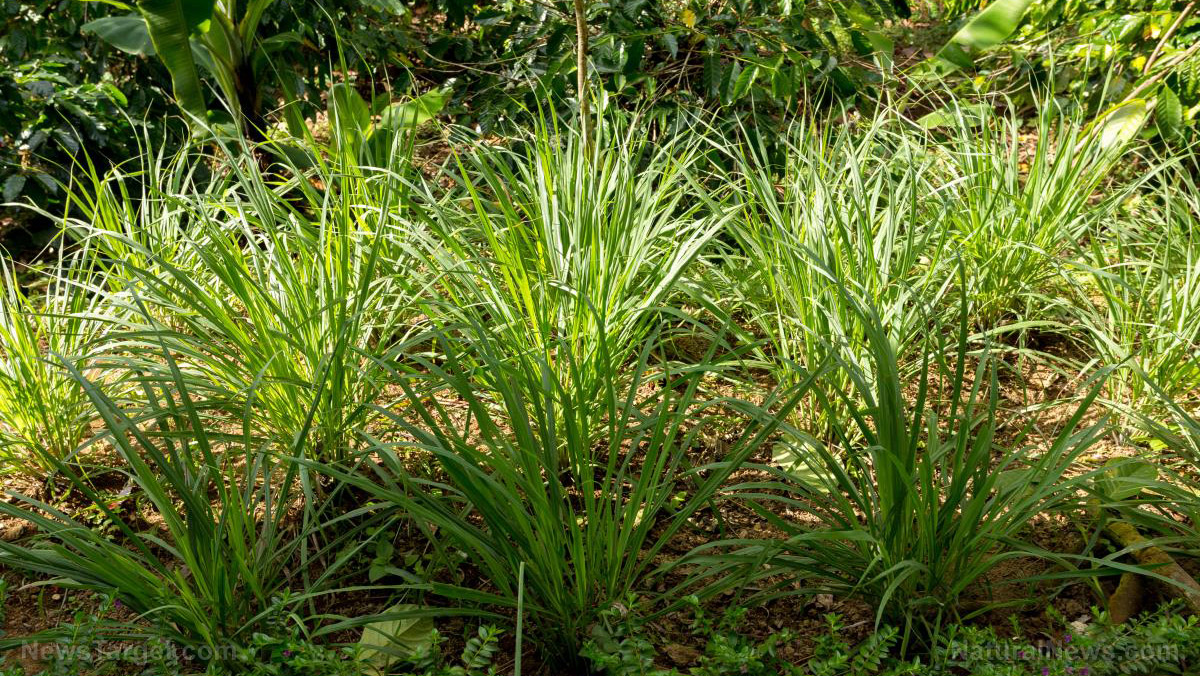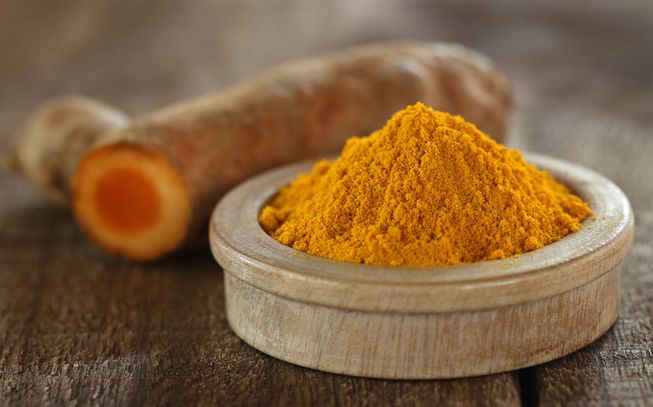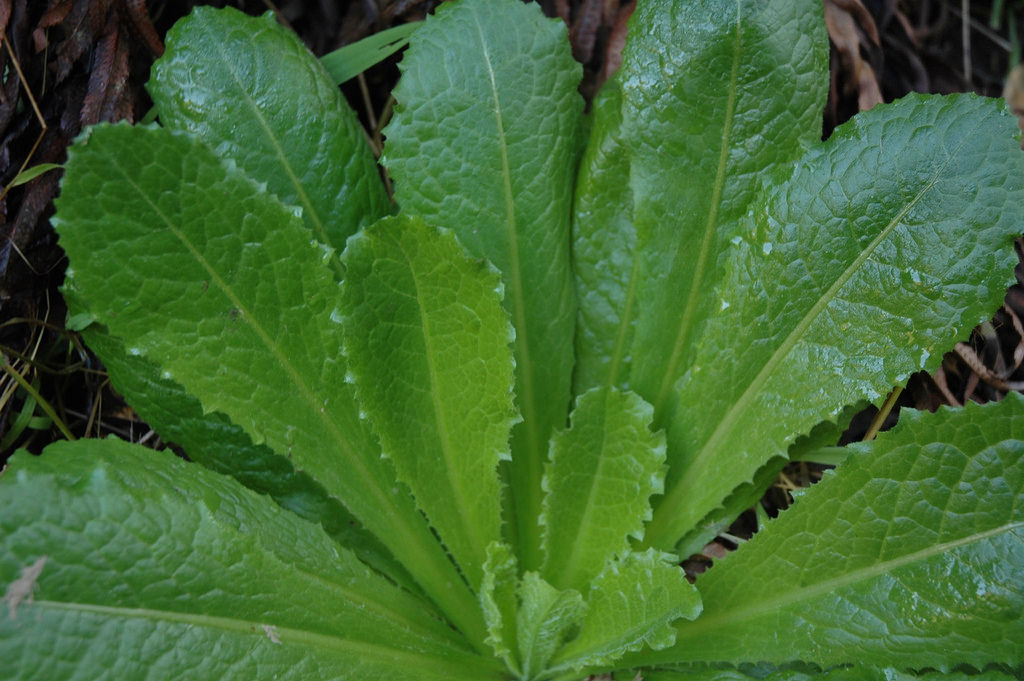
Advertisement
Citrusy-smelling lemongrass is a versatile herb used in Southeast-Asian cuisines. It can be used to flavor savory dishes like curries or refreshing, lemony beverages.
In addition, lemongrass is also full of various nutrients and it has been used in traditional medicine to address fever as well as common complaints like indigestion.
What is lemongrass?
Lemongrass (Cymbopogon citratus) is a stiff grass that grows in tropical climates. The herb is a sharp-bladed, perennial blue-green grass that can grow in three- to six-foot-tall cascading clumps.
It is commonly used as a herb in Asian cuisines, particularly in Thai cuisine. Lemongrass is also used in Indian, Indonesian, and Sri Lankan dishes.
Lemongrass can be used either fresh, dried or powdered. However, fresh lemongrass is preferred because it imbues dishes with a tantalizing mix of bright and complex flavors. Finely-diced fresh lemongrass is often used when making stir-fries because dried lemongrass tends to dry out more.
Compared to fresh lemongrass, dried lemongrass gives dishes a more woodsy flavor. Dried lemongrass is used to make soups and other long-simmering dishes that allow the herb to rehydrate.
As the name implies, lemongrass has a lemony flavor with traces of ginger. Since it also contains the same essential oil as lemons, lemongrass is commonly used to make soothing herbal teas with a hint of lemon flavor.
Fresh lemongrass may also give beverages and dishes floral and minty notes.

What to look for when buying lemongrass and how to store the herb
When cooking with lemongrass, it is best to use its cane-like lower stalk. Look for stalks that have already been trimmed of their leafy tops, with only several short, spiky blades still attached.
Buy firm, pale-green stalks with fat, bulbous bottoms and fresh-looking tops. You can buy lemongrass that’s a little dry, but avoid anything that’s already desiccated or turning yellow.
If you have lemongrass stalks left over after cooking, wrap them in plastic and refrigerate the stalks for up to two or even three weeks. You can also freeze it to make it last for at least six months.
Cooking with citrusy lemongrass
Lemongrass stalks can grow up to a foot or longer, but most of the flavor is concentrated in the bottom five inches or so of the stalk. To make a flavorful dishes with lemongrass, chop off the thinner top portion of the stalk and the woody base. Finally, peel away the tougher outer layers to reveal the more tender part of the lemongrass stalk.
After peeling, lemongrass is still very fibrous. Either use it whole to infuse flavor then remove it once you’re done or chop it very finely.
Lemongrass for teas and broths
If you want to infuse lemongrass into teas, broths, soups and braising liquids, crush the stalks with the side of your knife to release their aromatic oils.
Cut the crushed stalks into one- to two-inch pieces for infusing. You can remove the pieces before serving as they are often woody, or you can eat around them.
Lemongrass for curries and salads
When making curry pastes, marinades, salads, spice rubs and stir-fries, you need to peel off any dry or tough outer layers, then finely chop or mince the herb.
Take note that the flavor of lemongrass becomes more intense the longer you cook it.
To make tangy dishes with a strong lemongrass flavor, add the minced herb when you start cooking, then brown it with other aromatics like garlic or shallots. For dishes with a lighter, fresher lemongrass flavor, leave it out until you’re almost done cooking then add it to your dish.

Boost your digestive health with soothing lemongrass tea
Lemongrass tea can help boost your digestive health. Sip a warm cup of lemongrass tea to relieve an upset stomach, stomach cramps or other digestive issues.
The superfood is also used as a natural diuretic or a substance that makes you urinate more often. Diuretics help your body get rid of excess fluid and sodium. You may need diuretics if you have heart failure, liver failure or edema.
Since there isn’t enough research on lemongrass tea to recommend a standard dosage, it is best to consult a qualified natural health practitioner. That said, if you’re not used to drinking lemongrass tea, consume one cup a day to minimize the risk of any adverse effects.
If you tolerate one cup of lemongrass well, feel free to drink more. Note that you should stop drinking the tea or drink less if you experience side effects like dizziness, dry mouth, increased hunger or tiredness.
Lemongrass tea
Ingredients:
- 1 cup of boiling water
- 1 – 3 Teaspoons of dried lemongrass
- Ice cubes (optional)
Steps:
- Pour the boiling water over the fresh or dried lemongrass. Let the mixture steep for about five minutes.
- Strain the tea before drinking.
- If you prefer drinking a cold beverage, add ice to make iced lemongrass tea.
You can buy loose lemongrass tea or lemongrass tea bags at natural food stores or at online stores.
Alternatively, you can purchase fresh lemongrass to grow yourself at nurseries that sell herbs. Make sure you buy organic lemongrass that wasn’t treated with harmful pesticides.
How to grow your own lemongrass from scraps
When growing lemongrass, use organic herbs.
- Choose a healthy-looking leftover stalk, then place the bulb end in water.
- Let the build soak until it forms roots. This may take several weeks or one month.
- After the lemongrass develops roots that are 1/2 inch to 1 inch long, plant it in your home garden or in a pot with rich soil.
- Lemongrass likes sunshine and warm temperatures. If you keep it indoors as a houseplant, place the pot in a south-facing window.
With your own lemongrass, you can easily make delicious salads and curries or refreshing, citrusy teas without having to go to the store.
Lemongrass is a versatile and healthy herb that you can use in a lot of dishes. To get the most out of this herb, take it as a herbal tea or add dishes with lemongrass to your meals.
Sources:
Advertisements







